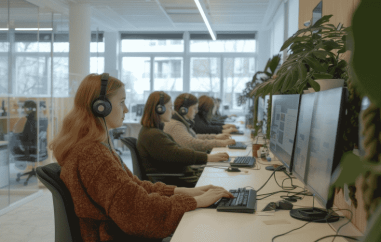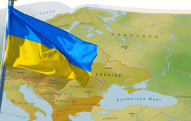How interfering with your vision can shatter your recall of the way things look
How do we recall our stored knowledge of the physical properties of objects? Do we "see" things all over again when asked simple questions about the way common and familiar things look? Do brain centers that process visual images fire up all over again when we think about the physical properties of things or is it a more abstract process?
"Yes" to the last two questions, according to Pierce Edmiston and Dr. Gary Lupyan of the Department of Psychology at the University of Wisconsin at Madison.
Edmiston believes that visual knowledge depends on visual mechanisms because "when people respond to questions about what things look like, the visual areas of their brain become active." This view of the brain in Edmiston and Lupyan's study challenges a view of the brain as a sort of archive, where information is stored in an abstract way and kept independent of perception.
Brain imagery and humpless dromedaries
In order to decide whether this activation of visual areas of people's brains is absolutely necessary for accessing what we know about how things look and not merely secondary to accessing that knowledge, Edmiston asked participants in his study to answer "yes" or "no" questions about common objects, "Is a table flat?", "Does a camel have a hump"; questions requiring the participant to summon their visual recall in response.
During some of the questions, participants sat in front of a computer screen filled with rectangles filled with flashing static; their visual processing "space", meaning the ability to use their visual knowledge, was disrupted.
Evidence of the disruption was both the increase in their reaction times in response to the questions and in their error rate when questioned about properties of common objects or the appearances of animals.
This visual interference from the staticky shapes caused study participants to make more mistakes when asked about the appearances of things than when they looked at empty, static-less shapes on the screen.
To show that this interference only played a role in visual recall, when participants were asked questions that called for more abstract, non-visual knowledge there was no difference in error rate or slowing of reaction time, when flashing static was presented compared to blank shapes.
Interfering with your vision hampers recall of images, shows that visual knowledge is specifically interfered with. A non-visual question relies on more abstract distinctions between things and involves categorizing them. And since staticky rectangles didn't wreak havoc on participants' responses requiring non-visual knowledge, this type of information may be stored in an abstract format.
We know what we see and see what we know
According to Edmiston, "These results challenge a view of the brain in which information is stored in an abstract and symbolic format, independent of bodily experiences."
In other words, our visual long-term memory of the physical qualities of objects seems to be indispensably and physically wedded to our sight.
"Long term memory for even familiar objects still utilizes the neural mechanisms involved in recreating specific bodily experiences, like seeing," remarks Edmiston.
Â
Image credit: Designed by Asierromero - Freepik.com







 »
»